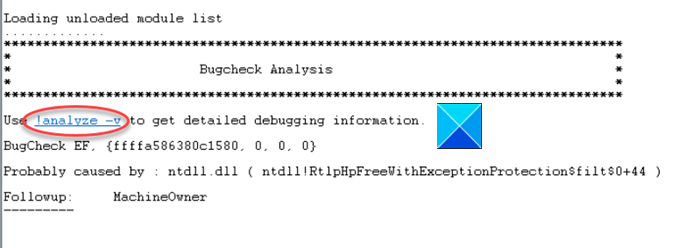
How to Change Memory Dump File Settings Using Windows SettingsĬhanging Memory Dump file settings is fairly straightforward, especially using Windows Settings. And the best part is that you can change the memory dump file settings to increase the collection of details. Now that you understand the types of memory dump files and the details they carry, you know how crucial BSOD or Windows crash data is. Wondering what a paging file is? A page file, also called a paging file, is used to support system crash dumps and make the physical RAM work more efficiently by moving the file’s content to a hard drive when the system’s memory is almost full. This dump file contains the same information as a ‘Kernel Memory Dump.’ The difference between the two is not in the dump file itself but in how Windows sets the size of the system paging file.

This file holds the Stop message and its parameters, a list of loaded drivers, and other details. This dump file stores the smallest amount of useful information that could help figure out what went wrong to cause the BSOD error. Also, this dump file is smaller than a complete memory dump. This dump file only stores data from kernel memory, meaning it doesn’t contain data from unused or unallocated memory or any memory allocated to user-mode programs. This dump contains data from the processes that were running when the memory dump was collected. Complete Memory DumpĪs it sounds, this memory dump records all the contents of system memory when your system hits a BSOD error. So, there are four types of dump files that Windows generates. And these logs are called memory dump files, as they are saved in the. Instead, they are saved in the Windows log so that they can be looked at and fixed later. These crash error details do not go away. Yes, the blue screen with the error code displayed has a purpose. So when it occurs, you will see a flash of the blue screen with an error code and several other details before Windows goes for a restart. The BSOD happens for many reasons, such as corrupt drivers, outdated firmware, and other software-related problems.

Now, let’s go back to the BSOD error first.


 0 kommentar(er)
0 kommentar(er)
